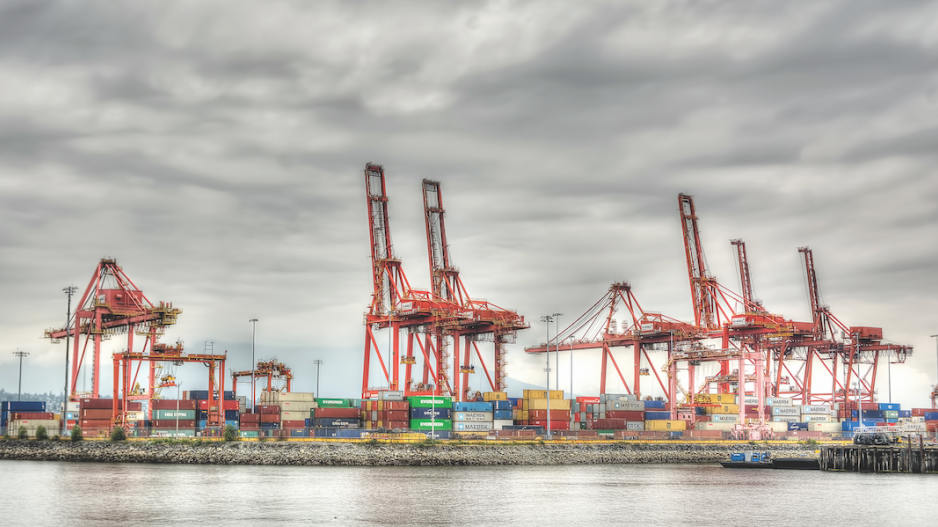Down, but far from out.
That’s how the most recent transpacific container traffic data is stacking up midway through Year 1 of the COVID economy.
The second-quarter pasting predicted for global marine cargo has, in most cases, been on target.
In its recent report on the international container shipping market, Drewry, a U.K.-based shipping consultancy, forecast an overall 7.3% drop in worldwide container port handling for 2020, which would be the sector’s worst performance since the 2009 global trade collapse.
Simon Heaney, Drewry’s senior manager of container research, said the company’s baseline forecast points to 2020’s second quarter, with its 16% decrease in container throughput, as the market’s bottom.
That precipitous drop generated by stalled trade and a spike in cancelled sailings by major container shipping lines is illustrated in second-quarter numbers from North America’s busiest container port complex, where the Port of Long Beach recently reported an 11.1% decrease in the number of 20-foot-equivalent units (TEUs) handled in June compared with the same month in 2019.
The number of cancelled sailings to the San Pedro Bay ports complex, which also includes the Port of Los Angeles, jumped to 104 in 2020’s first half compared with 41 in 2019’s first six months.
First-quarter container throughput at Port of Vancouver (PoV) terminals was down 12.8% overall, and most of that quarter preceded COVID-19 economic lockdowns. The PoV plans to release its first-half 2020 cargo data in September.
While Heaney said Drewry’s baseline assumption is that trade and container handling volume will rebound in 2020’s second half as regional lockdowns are lifted and government stimulus packages kick in, “no one is in control of this virus. The economy is going to go as the virus does, and because of that our confidence levels for all our forecasts are really fairly low.”
He noted that all bets would be off if there is widespread failure to control the spread of COVID-19 this year or if there is a fresh outbreak of the virus next year.
In the case of either, Heaney said, “You are very quickly going to see our forecasts for next year slip into negative territory.”
Drewry’s worst-case scenario, which includes a protracted pandemic increase this year and another COVID-19 outbreak next year, could drive 2020’s global container handling down 12% overall and result in continued decreases every year through to 2024.
However, Drewry’s baseline forecast assumes that there will be a gradual slowing of COVID-19’s spread. If that is the case, it predicts global container cargo throughput will rebound with a 10% increase in 2021. That would restore it to 2019 levels and result in what Drewry estimates would be an overall US$7 billion profit for the marine container carrier sector in 2021 resulting from continued low bunker fuel prices, reduced capacity and higher freight rates.
In its late July newsletter, global shipping data company Alphaliner noted that transpacific container ship capacity in July is expected to reach the same level that it was one year ago. That capacity could increase further in the summer, according to Alphaliner, if two major shipping alliances servicing the Asia-North American trade loop – 2M and THE Alliance – resume their services in August.
The transpacific increase contrasts with service on the Asia-Europe trade route, where container capacity in June was 17.1% lower than it was during the same month in 2019. •
@timothyrenshaw




